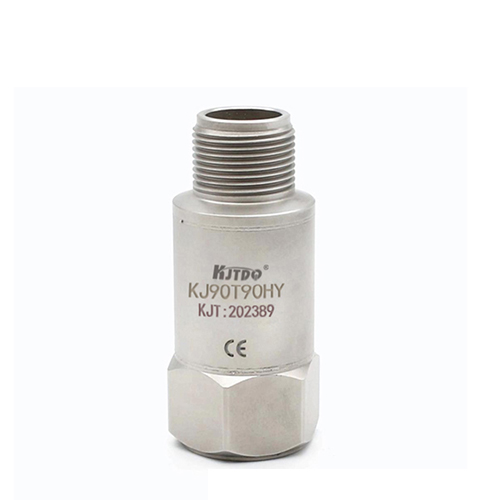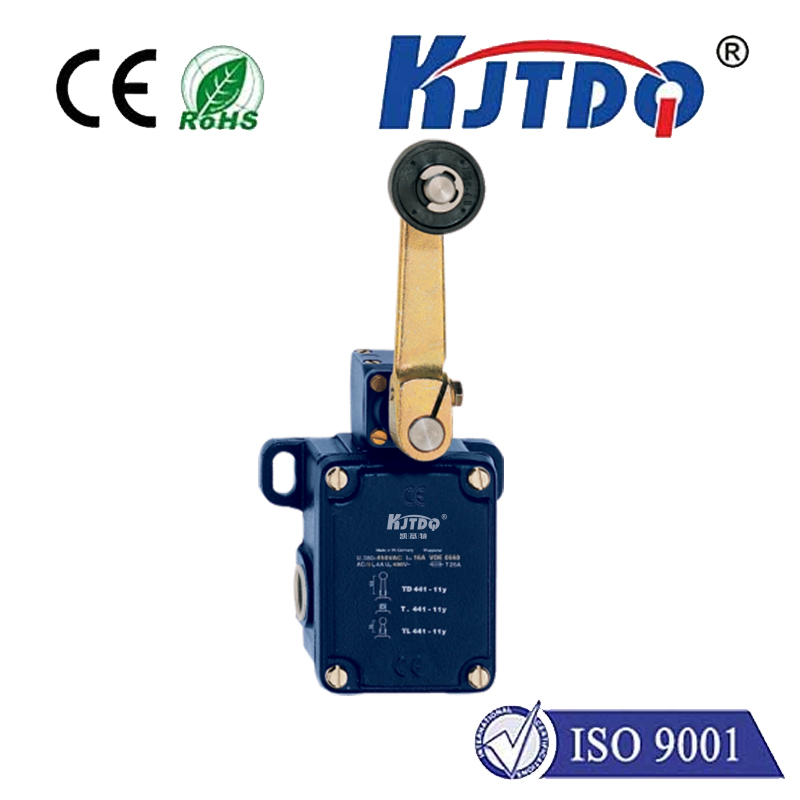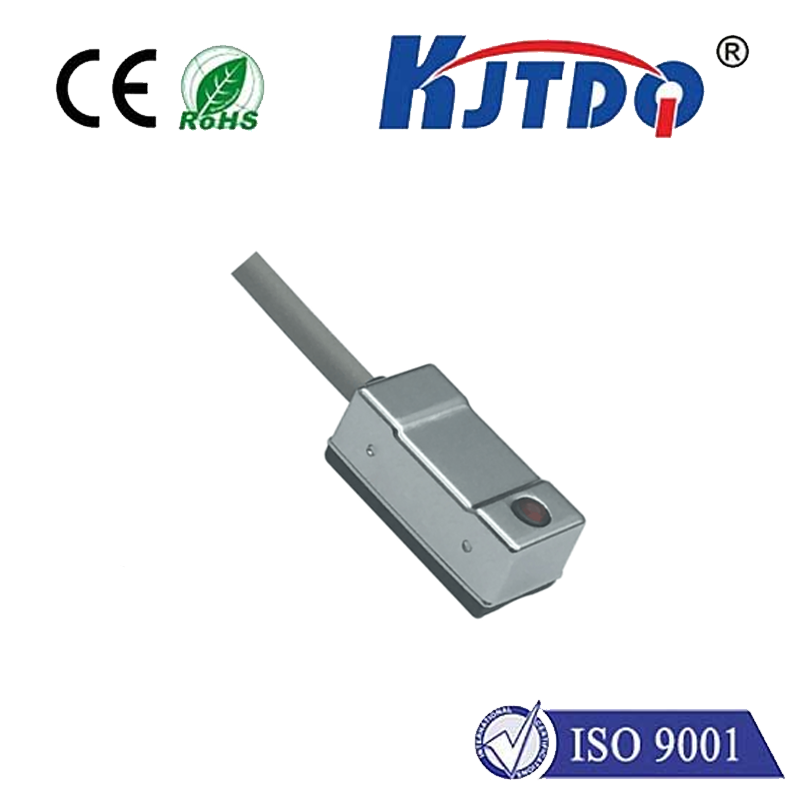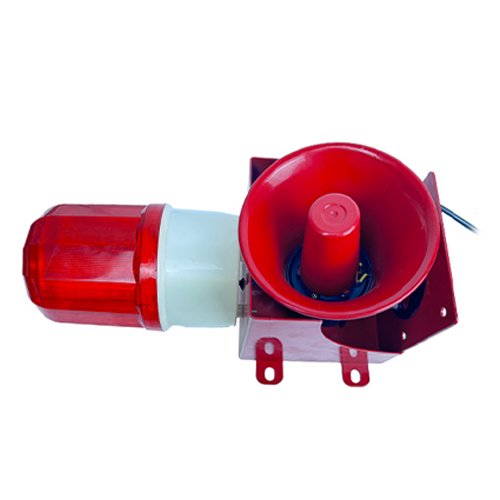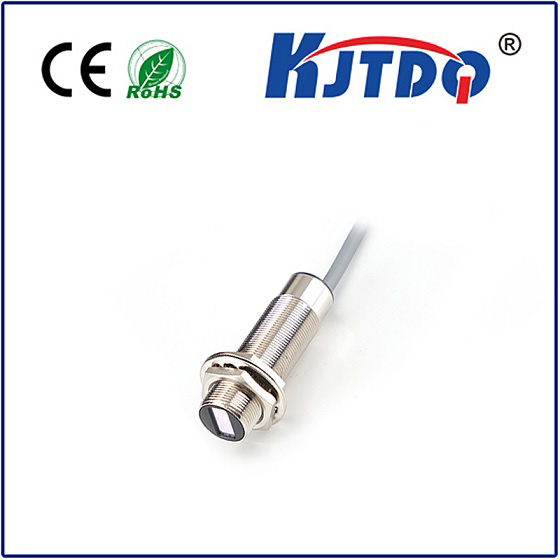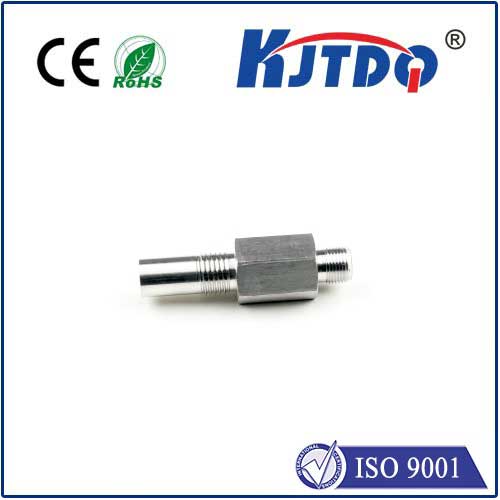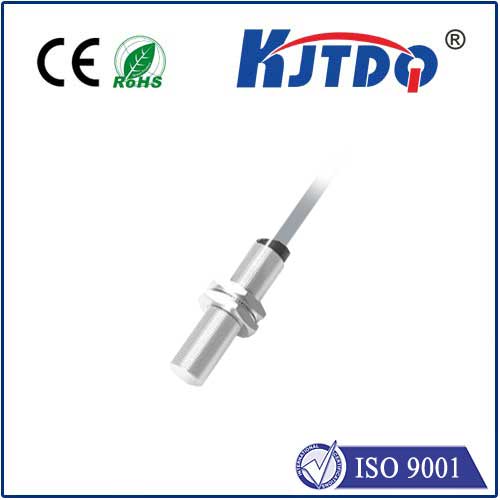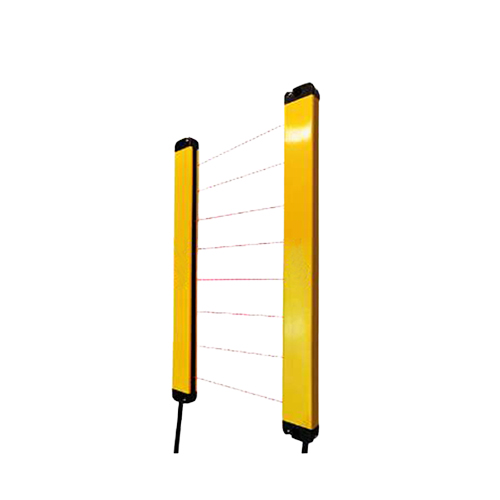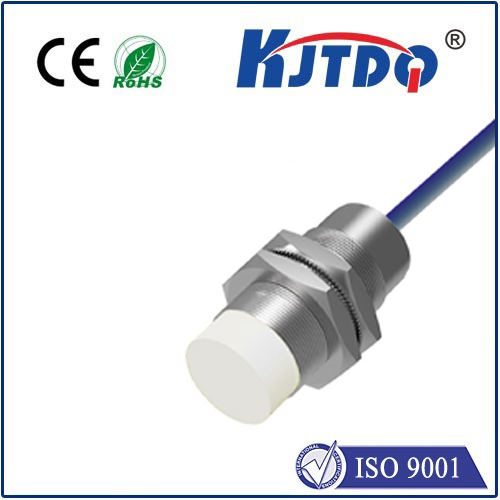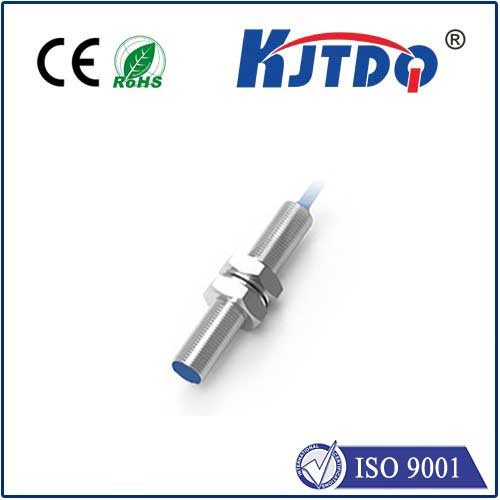
Проверка

Проверка
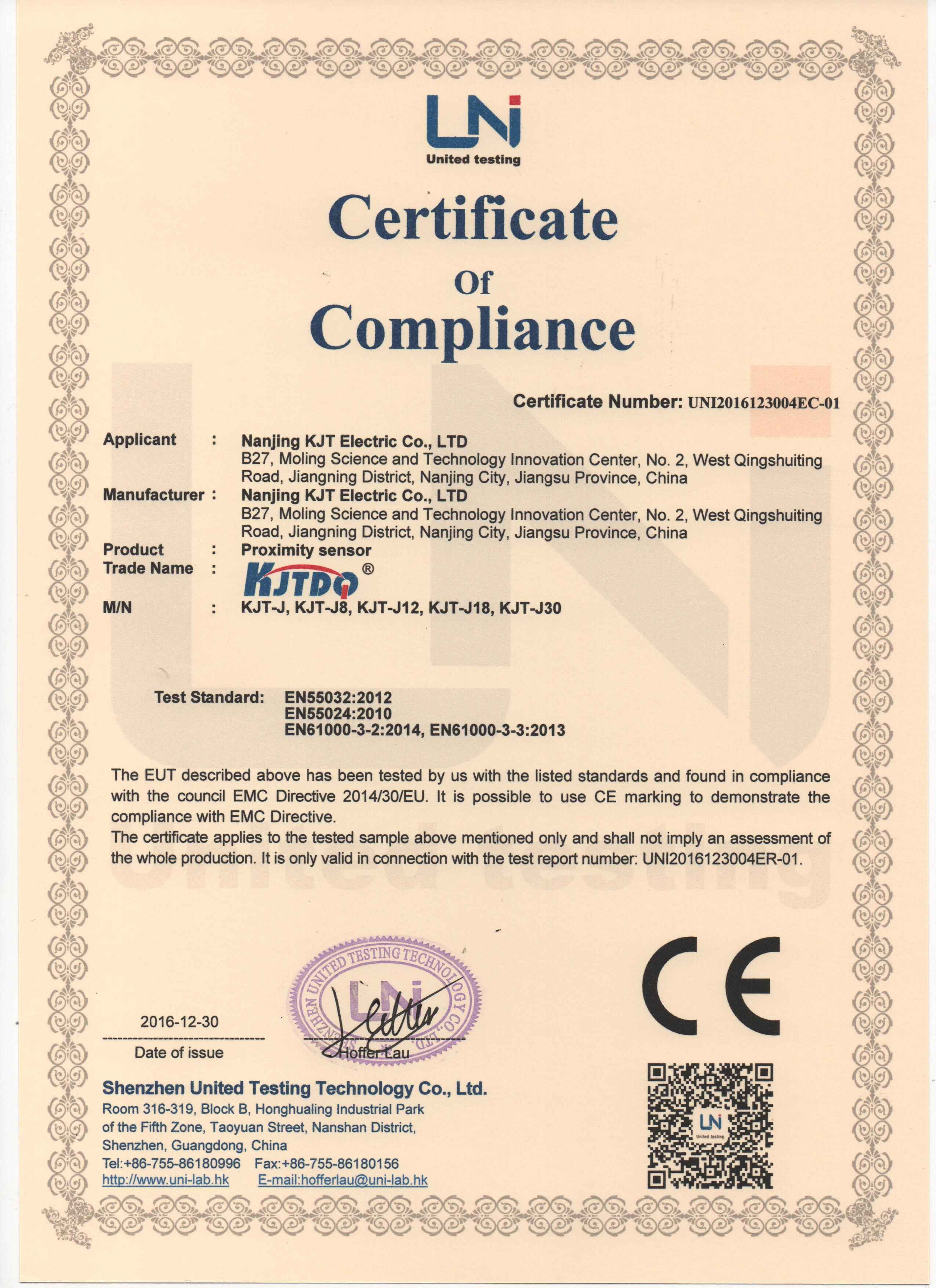
Проверка

Проверка

Проверка

Проверка
The Ultimate Guide to Pyroelectric Laser Power Meters: Precision Measurement for Modern Applications In the rapidly evolving world of laser technology, accurate power measurement is not just a luxury—it’s a necessity. Whether you’re working in industrial manufacturing, medical research, or telecommunications, understanding the power output of your laser system is critical for ensuring safety, efficiency, and optimal performance. Enter the pyroelectric laser power meter, a cutting-edge tool designed to deliver unparalleled precision in laser power measurement. This article dives deep into the science behind pyroelectric detectors, their applications, and why they are becoming the go-to choice for professionals across industries.
А.pyroelectric laser power meter is a specialized device used to measure the power of laser beams. Unlike traditional thermal sensors, which rely on heat absorption and dissipation, pyroelectric detectors utilize the pyroelectric effect—a phenomenon where certain materials generate an electric charge in response to temperature changes. When a laser beam strikes the sensor, it causes a rapid temperature fluctuation, which is then converted into an electrical signal proportional to the laser’s power. This unique mechanism allows pyroelectric laser power meters to measure both continuous-wave (CW) and pulsed lasers with exceptional accuracy. Their ability to respond quickly to temperature changes makes them ideal for high-speed applications, such as measuring ultra-short laser pulses.
Broad Spectral Range: Pyroelectric detectors are sensitive to a wide range of wavelengths, from ultraviolet (UV) to far-infrared (FIR). This versatility makes them suitable for measuring various types of lasers, including CO2, Nd:YAG, and fiber lasers.
Высокая чувствительность: Thanks to the pyroelectric effect, these meters can detect even the slightest changes in laser power, making them ideal for low-power applications.
Fast Response Time: Unlike thermal sensors, which can be slow to respond, pyroelectric detectors provide real-time measurements, even for rapidly fluctuating laser beams.
Durability and Stability: Pyroelectric materials are robust and resistant to damage from high-power lasers, ensuring long-term reliability.
The versatility and precision of pyroelectric laser power meters have made them indispensable in a variety of fields:

Medical Lasers: In laser surgery and dermatology, accurate power measurement is essential to ensure patient safety and treatment efficacy. Pyroelectric meters provide the precision needed to monitor and control laser output.
Industrial Manufacturing: Lasers are widely used for cutting, welding, and engraving. Pyroelectric detectors help maintain consistent power levels, ensuring high-quality results and minimizing material waste.
Scientific Research: From spectroscopy to quantum optics, researchers rely on pyroelectric meters to measure laser power with minimal uncertainty.
Telecommunications: In fiber optic communication systems, laser power must be carefully monitored to maintain signal integrity. Pyroelectric meters offer the speed and accuracy required for this task.
When selecting a pyroelectric laser power meter, consider the following features:
Spectral Range: Ensure the meter covers the wavelengths of the lasers you work with.
Power Range: Choose a device that can handle the minimum and maximum power levels of your applications.
Время отклика: For pulsed lasers, opt for a meter with a fast response time to capture peak power accurately.
Calibration and Accuracy: Look for meters calibrated to recognized standards, such as NIST, for reliable measurements.
User Interface: A clear display and intuitive controls can streamline your workflow.
At the heart of a pyroelectric laser power meter is the pyroelectric material, typically a crystal such as lithium tantalate (LiTaO3) or lead zirconate titanate (PZT). These materials have a unique property: their electric polarization changes with temperature. When a laser beam strikes the sensor, it heats the material, causing a shift in polarization and generating a measurable electric charge. This charge is proportional to the laser’s power, allowing for precise measurement. One of the key advantages of pyroelectric materials is their hysteresis-free behavior, meaning they return to their original state after each measurement. This ensures consistent performance over time, even with repeated use.
While pyroelectric laser power meters offer numerous benefits, they are not without limitations. For example, they require a modulated or pulsed laser beam to generate a measurable signal. In continuous-wave applications, a chopper may be needed to modulate the beam. Additionally, pyroelectric materials can be sensitive to environmental factors, such as temperature fluctuations and mechanical vibrations, which may affect measurement accuracy. To mitigate these challenges, many modern pyroelectric meters come equipped with advanced features, such as temperature compensation and vibration damping. It’s also important to handle the sensor with care, as physical damage can impair its performance.
As laser technology continues to advance, the demand for precise and reliable power measurement tools will only grow. Researchers are exploring new pyroelectric materials with enhanced sensitivity and stability, paving the way for even more accurate meters. Additionally, integration with digital technologies, such as IoT and cloud-based data analysis, is transforming how laser power data is collected and utilized. For professionals seeking a reliable solution for laser power measurement, the pyroelectric laser power meter stands out as a versatile and high-performance tool. Its ability to deliver fast, accurate, and consistent measurements makes it an essential component of any laser-based system.
